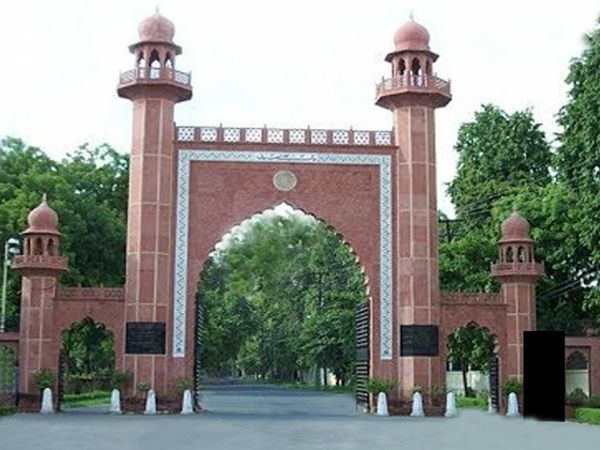AMU buries a time capsule to commemorate its 100th anniversary
Thu 28 Jan 2021
AMU buried a time capsule commemorating the 100th anniversary of the establishment of the institution. The documents contained in the time capsule contain the 100-year history of the institution.
In the online event on the 72nd Republic Day, Professor Tariq Mansoor, Vice President of AMU, said that this is a historic moment because the preservation of historical documents is essential for the benefit of future generations.”This time capsule is for the benefit of future generations and includes the salient features of AMU’s glorious history.”
Mansour pointed out that when people no longer live only in the present but become consciously interested in their past and future, the boundary between prehistory and history crosses. “History begins with passing on tradition; tradition means bringing the habits and lessons of the past into the future.
At the same time, he also said that a committee had been formed to excavate a capsule buried by Lord Lytton (the then Governor and Governor of India) at the groundbreaking ceremony held at MAO College on January 8, 1877, through the Mining method.
During the celebration of Republic Day, a 1.5-ton capsule encapsulated the history of Aligarh Muslim University (AMU) for a century. This time capsule includes all historical documents and chronicles covering the past 100 years of the institution. These documents include all conference abstracts, the original 1920 AMU Act, and the Syed Album Jazz Book by the renowned historian Professor Khaliq Ahmed Nizami.
Iconic books are also reserved for future generations, such as “The History of Mao Zedong University” by SK Bhatnagar, “Hayaate” by Altaf Hussain Hali, and “A Glimpse of Muslim Education” by Professor Shan Mohamad of India.
He said that he also made the decision to “excavate the original time capsule buried when the Mao Academy was established in 1877.”
An expert committee has been established to oversee the excavation process.
The History of Time Capsules
The time capsule has been used for thousands of years to save the current part for future use. Although the time capsule is usually considered a box of buried treasure, there are actually four different types. They can be intentional or unintentional (such as Pompeii), and objects that are intended to be opened on a certain date, not objects that are intended to be opened. The time capsules discussed in this site are all deliberate time capsules. Large-scale celebrations, such as the World Expo or the rise of new buildings, often encourage people to place time capsules. The site will discuss the relationship between the cornerstone celebration and the time interval.
The term “time capsule” was first used in 1937, when a capsule for burial was prepared for the 1939 New York World’s Fair. However, the concept of time capsules is much older. “Epic of Gilamesh” is considered the earliest literary work of mankind. The beginning of the book explains how to find a box of copper in the cornerstone of the Uruk Great Wall. There is Gilamesh’s story in the box. Therefore, the idea of leaving future information in the form of time capsules has a history of more than 5,000 years.
A 1777 time capsule was found in a religious statue in Sotillo de la Ribera. A time capsule was discovered in Burgos, Spain on November 30, 2017. In 1777, the priest of the Burgo de Osma Cathedral, Joaquín Mínguez, wrote a wooden statue of Jesus Christ containing economic, political and cultural information.

 Apr 23 2024
Apr 23 2024












